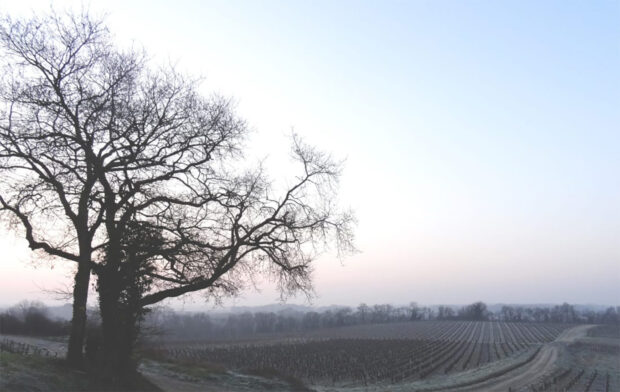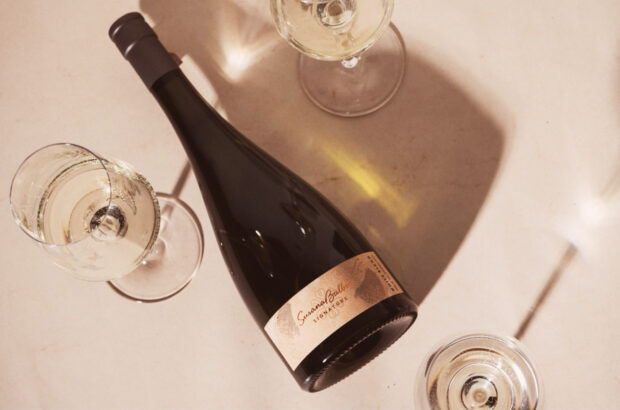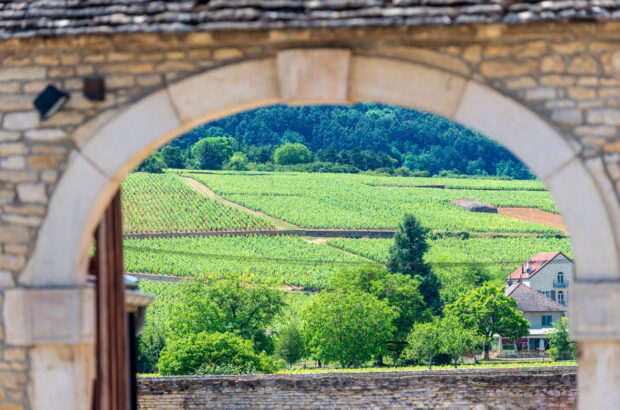Within a short distance of each other, we have the grey post-war Brutalist of the Barbican and the neat, symmetrical Georgian houses of Mayfair, while Gothic (or neo-Gothic) churches sit in the shade of modern glass-and-steel skyscrapers that have reached far beyond their spires.
Architecture has succeeded in forging new styles beyond historical forms, challenging planning laws and innovating with materials. Yet in the deeply traditional wine world, such behaviour is frowned upon as breaking with the wisdom of the past. Our aesthetic approach to what makes wine good mainly celebrates a single, Platonic form of quality established in the 20th century. This theoretically accomplished bottle is balanced and harmonious, intense and complex, with a long finish. It has fruit concentration, ripe tannins, integrated acidity and invariably some ageing in wood, bottle, or both.
The problem is that many thrilling wines don’t fit this mould. I recall a Fleurie from Michel Guignier that was one of the most joyous wines I’ve ever had, but I couldn’t really score it higher than 90 on a conventional scale. It was simple, not complex, pure but not concentrated, and so it failed conventional aesthetic criteria.
But why should simplicity and purity be judged inferior to complexity and layers of flavour? Is a refined, three-star Michelin dish of more value than a perfectly ripe peach that tastes entirely, gloriously of itself? There are many wines in which complexity is contrived and balance is engineered, creating something that is technically accomplished but lacks character and vigour. Such wines have often been given high scores (although I suspect sometimes rather grudgingly) by tasters and critics complying with the aesthetic code, dominant at the time, of what makes wine good.
This rulebook, often reinforced through wine education, has led us down some narrow and restrictive roads. For example, wine is often punished for the one thing that makes it wine and not grape juice: alcohol. What’s actually wrong with a little throaty roar in a 15% Roussillon red? Distinctive wine styles such as Amarone are sometimes dogmatically criticised for being ‘too alcoholic’, as though a wine can’t be great if it is over 14%. Wines that dare to boast residual sugar are often dismissed as ‘a bit sweet’, as though sweetness is beyond the pale. We should be aware that this is an aesthetic bias with no innate truth.
As though to tacitly acknowledge that our system isn’t perfect, we allow exceptions to the rules, giving a special pass to historical styles like Sherry, accepting that their greatness isn’t really accommodated within the rubric, and appeasing the misgivings of our consciences. Sauternes and vintage Port might get high marks – and so they should – but, on dispassionate examination, are these really ‘balanced’ wines? Too many less-established wines fail to earn such generosity in judgement, since they don’t have the justification of history behind them.
Wine will always be informed by its past, yet it is much more respectful of historical precedent than other forms of creative expression. But our understanding is evolving and there is a growing recognition that personality is more important than perfection. In The Stones of Venice, the great critic John Ruskin defended Gothic architecture against those who lambasted its contravention of ancient aesthetic ideals. He saw the contemporary fashion for neo-classical symmetry as a sign of sterility of imagination, a kowtowing, stale repetition of historical precedent.
We could do with a little more of that sort of thing in wine. We don’t have to reject balance or complexity any more than we have to knock down accomplished old buildings. But just as we can’t judge all architecture by how closely it adheres to Roman principles, we need to understand that there are multiple ways for a wine to be good, or even great. Perhaps we should judge less, and learn to appreciate more.
In my glass this month
Salvatore Molettieri, Cinque Querce Riserva, Taurasi 2007 (2008, £45.36 Colombier Wines). Neither ‘glou-glou’ enough for the tastes of new-wave natural wine fans, nor ripe and smooth enough for a Parker palate, nor sartorial enough for the classical one, wines from southern Italy’s Aglianico need to be judged on their own terms, not made to fit the mould of a Cabernet Sauvignon or live up to the expectations set by monikers like ‘the Barolo of the South’. In the right hands it has something to say – if we listen.













